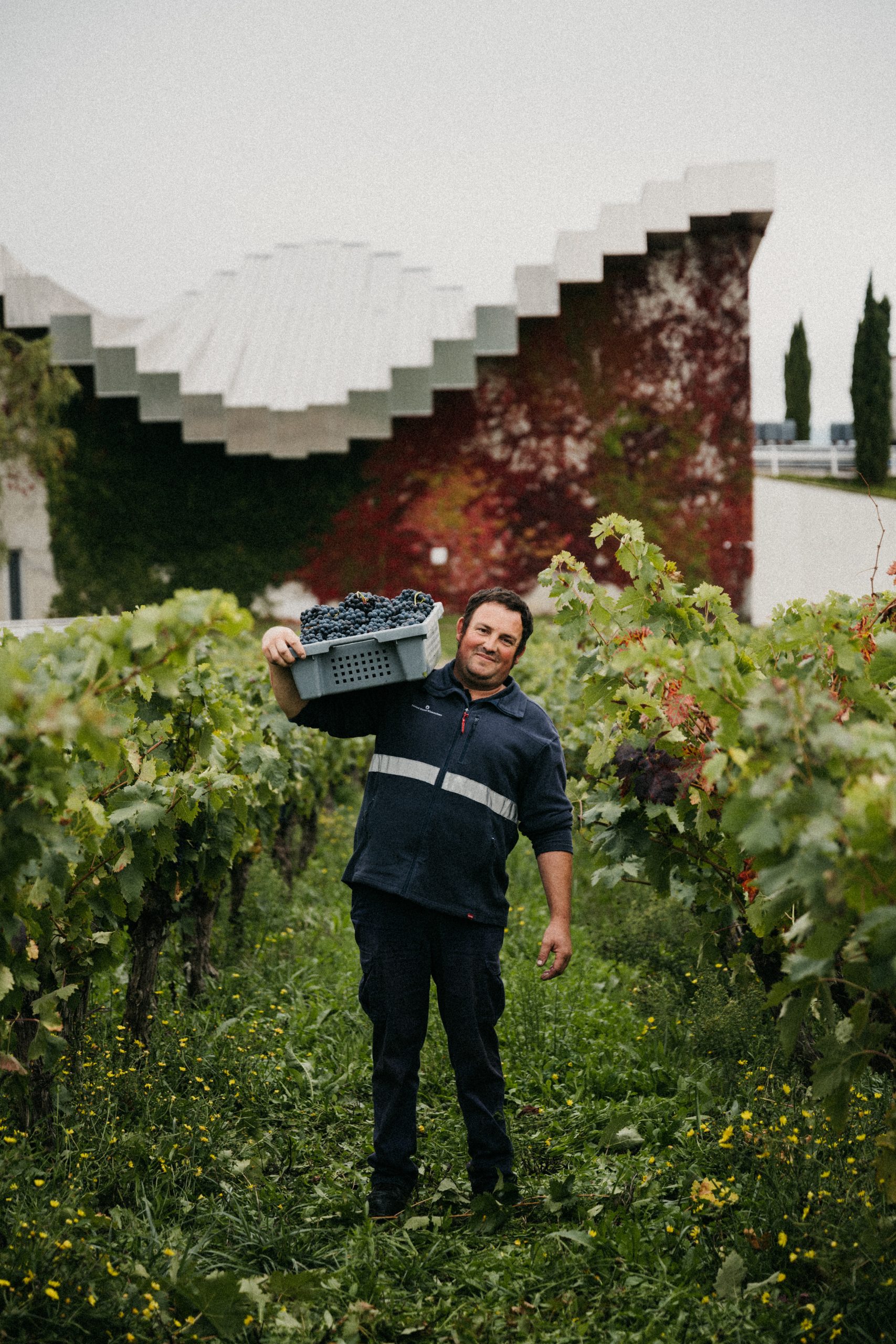Long lost variety Tardif to be officially recognised
One of France’s leading co-operatives, Plaimont Producteurs, has succeeded in gaining official recognition for the old French variety Tardif.
The grape, thought to have been lost to phylloxera long ago, is to be listed once again in the official catalogue of permitted varieties in France and will be making wine for commercial production by 2020.
Tardif was one of 21 old Gascon varieties which were rediscovered in 1999 by Plaimont’s wine researcher, Jean-Paul Houbart, at a small vineyard in the village of Sarragachies.
Known as the Pédebernade vineyard the plot, which is less than a hectare in size, escaped phylloxera because of its sandy soils – something the phylloxera louse is known to keep away from.
It is thought that the oldest vines in the vineyard date back to the 1830s and in addition to Tardif there were varieties that are completely unknown and who’s parentage and origins the team at Plaimont are still trying to unravel.
Indigenous to the region, Tardif has a slow vegetative development and tends to only reach optimal maturity in late October to early November.
It also has a “significant” amount of Rotundone, a compound that causes peppery and spicy aromas.
Partner Content
It is related to one of the unknown varieties also found in the pre-phylloxera vineyard, Pédebernade 4, in some capacity.
Preserved and propagated at an experimental plot in Aignan since 2015, some 1,500 new vines will be planted next year with the first crop being ready in 2020.
Nadine Raymond, Plaimont technical coordinator for ampelography and winemaker for the rediscovered grape varieties, commented: “We are delighted that we can reintroduce an indigenous grape variety of such high quality. The nursery is coming along nicely and we are looking forward to planting it next spring.”
To begin with Plaimont Producteurs will probably use Tardif in blends as it has done with another old variety it has championed for many years, Manseng Noir.
The co-op now has 40 hectares of Manseng Noir under vine and blends it with Merlot in one of its Côtes de Gascogne IGP wines. However, it hopes to make a 100% Manseng Noir within the next couple of years.




